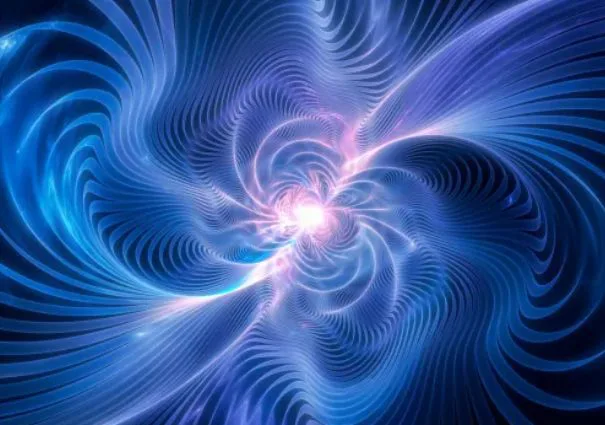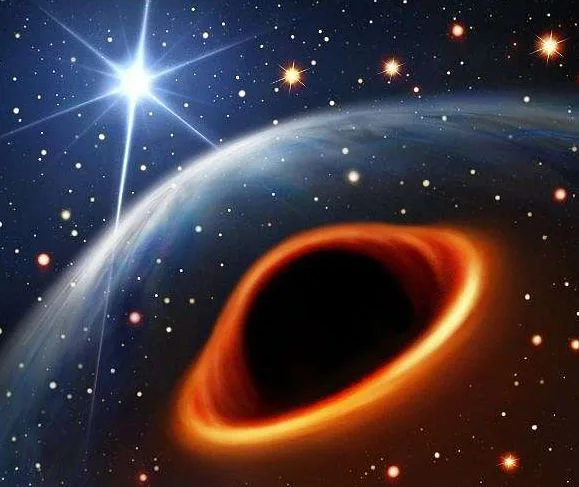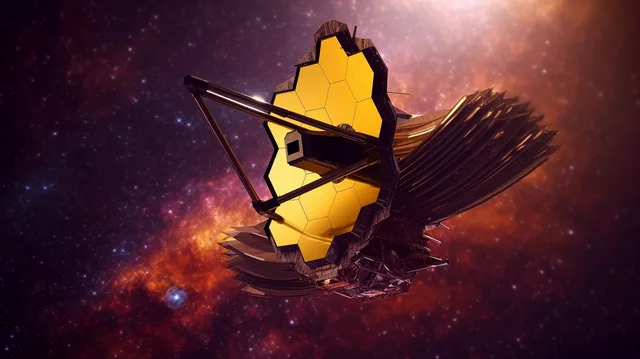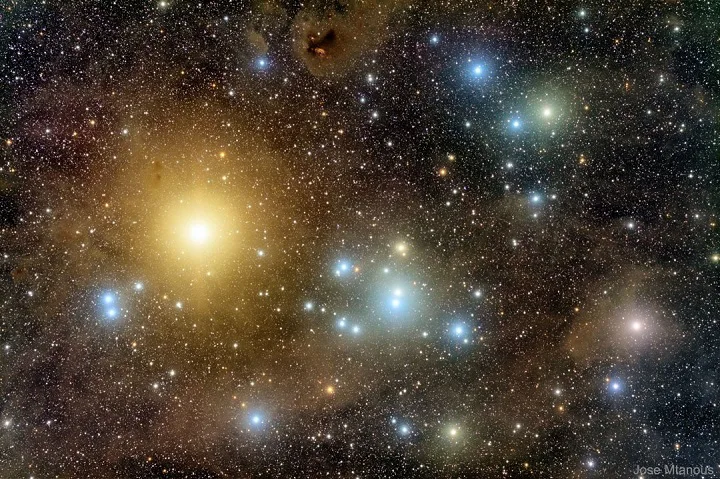
In an international collaboration between astronomers from University of Padua (Italy), the Institute of Cosmos Sciences of the University of Barcelona (ICCUB) and the Institute of Space Studies of Catalonia (IEEC), there are indications that multiple black holes might exist within the Hyades cluster.
What is Hyades Cluster?
It is an open star cluster located in the constellation Taurus. And is also known as the Hyades. Since the cluster is visible to the naked eye, it has been recognized since ancient eras.
According to the scientists, its age is around 625 million years. And it is located at approximately 153 light-years from Earth.
The Hyades cluster is a popular target for astronomers. Due to its proximity to our Solar System, it has been extensively studied for various purposes, such as:
- distance measurement
- stellar evolution studies
- investigations into the properties of open star clusters
It has contributed significantly to our understanding of the progression of stars and the dynamics of star clusters.
Exploring Hyades Cluster Phenomena
Ever since, black holes have been discovered, they have gained global attention from astronomers. Even the small black holes observed during the detection of gravitational waves have become an object of enigmatic and captivating occurrences in the cosmos.
For the current study, astronomers used simulations to monitor the following two phenomenon within the Hyades cluster:
- movement
- development of every single star
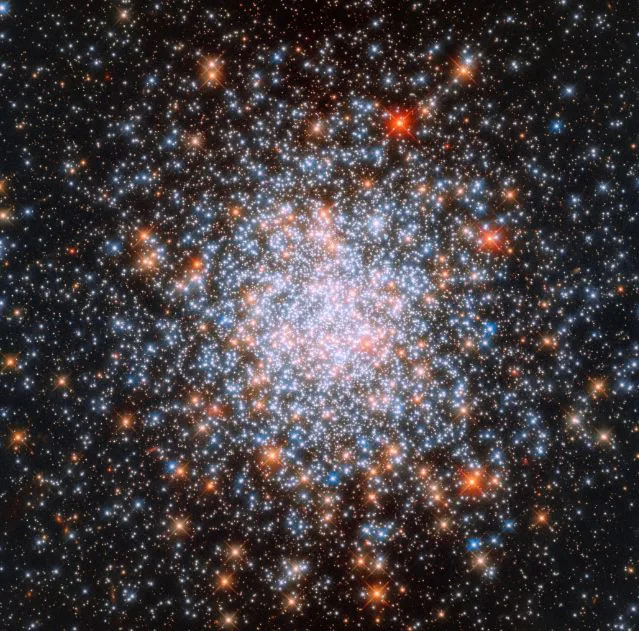
Open Star Clusters
Open clusters are a group of stars that are loosely bound to each other. These groups may consist of hundreds of stars. These community of stars exhibit common traits such as age and chemical composition.
The simulation results were verified by comparing them with the exact positions and velocities of the stars within the Hyades cluster. These observations were collected by the European Space Agency’s (ESA) Gaia satellite.
Hyades Cluster Reveals Closest Black Holes to the Sun
Stefano Torniamenti, a postdoctoral researcher at the University of Padua and the primary author of the paper, emphasized that the simulations require black holes at the cluster’s core for accuracy. This is essential for replicating the Hyades cluster’s mass and size. These black holes must be present now or in the recent past.
The study further added that simulations where all black holes were expelled could still provide a good match. This is due to the fact that the cluster’s evolution was unable to completely erase the traces of its previous black hole inhabitants.
The findings show that black holes originating from the Hyades cluster are either still within or very near the cluster.
These are now the nearest black holes to the Sun, significantly closer than the previous contender, Gaia BH1.
What is Gaia BH1?
Gaia BH1 is a stellar-mass black hole. It is also known as Gaia DR3 4373465352415301632.
It is a binary system composed of a G-type main-sequence star. In other words, it means that one of the stars in the pair is similar in type and evolutionary stage to our Sun.
Gaia BH1 is approximately 1,560 light-years away from the Solar System in the constellation of Ophiuchus. Currently, it represents the closest known system that astronomers are certain contains a black hole, followed by Gaia BH2 and A0620-00.
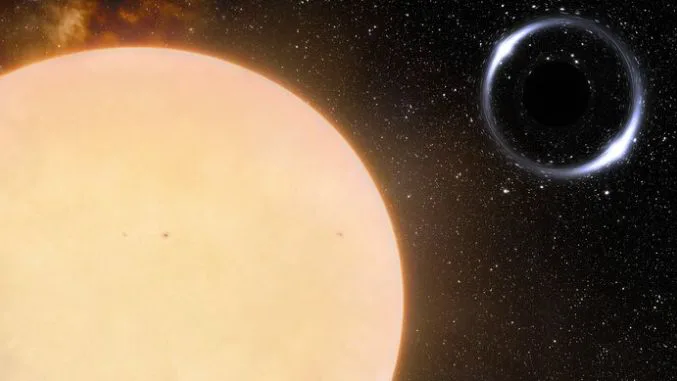
Takeaway
This is an interesting discovery. As it sheds light on the impact of black holes on star cluster evolution. In addition to provide insights into the distribution of gravitational waves.
The findings will contribute significantly to our understanding of star evolution and cluster dynamics.

